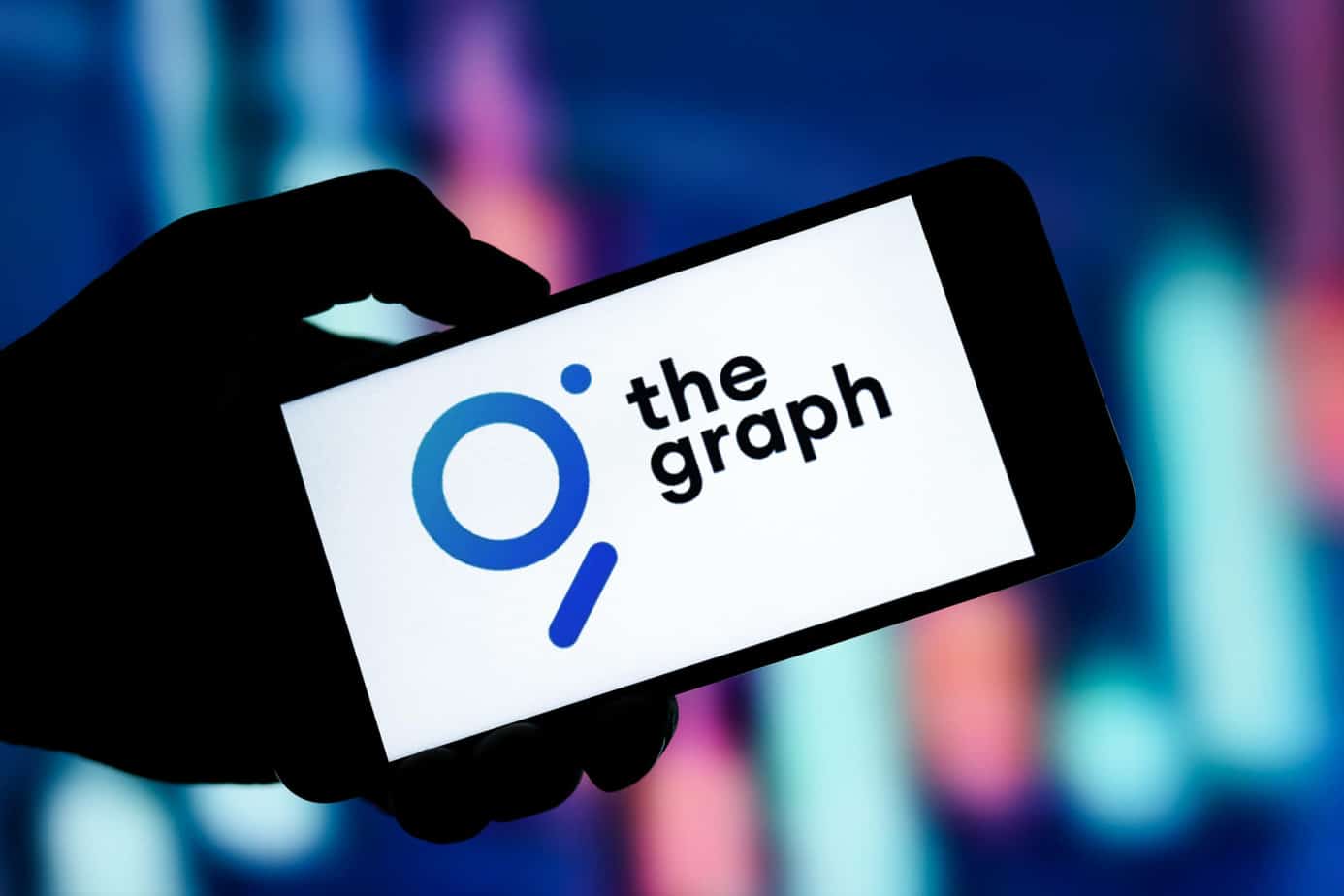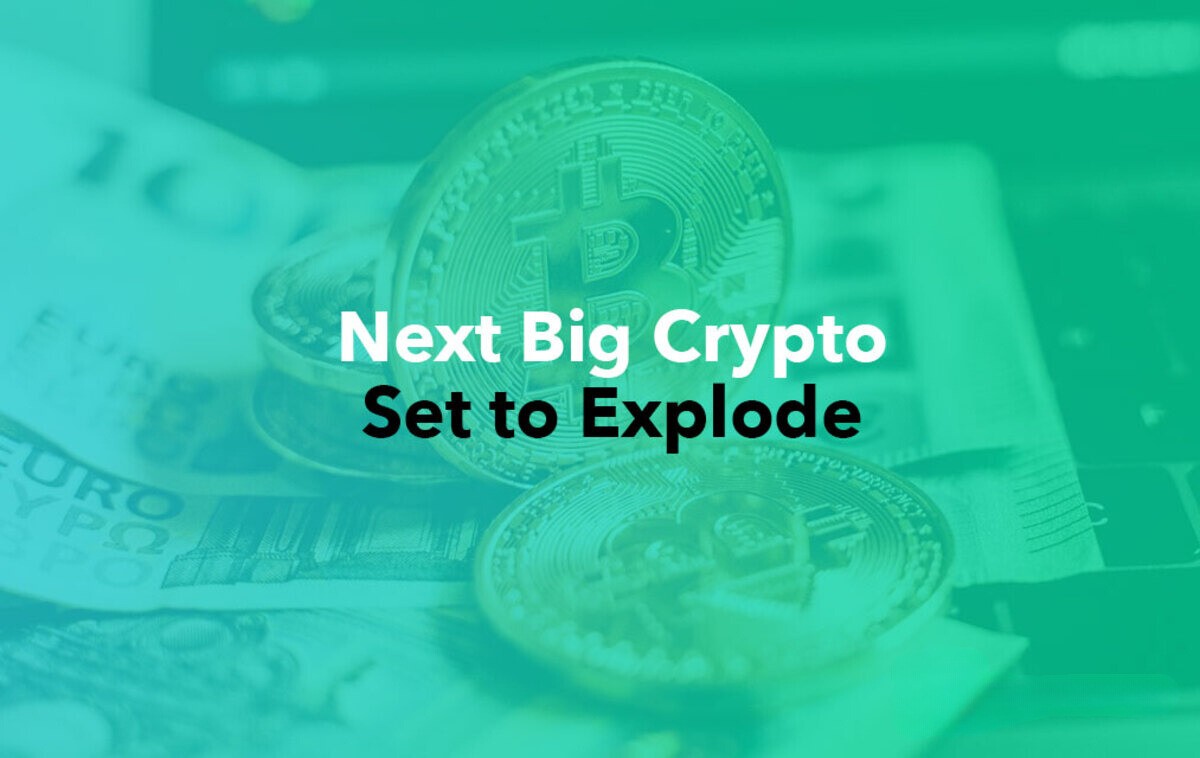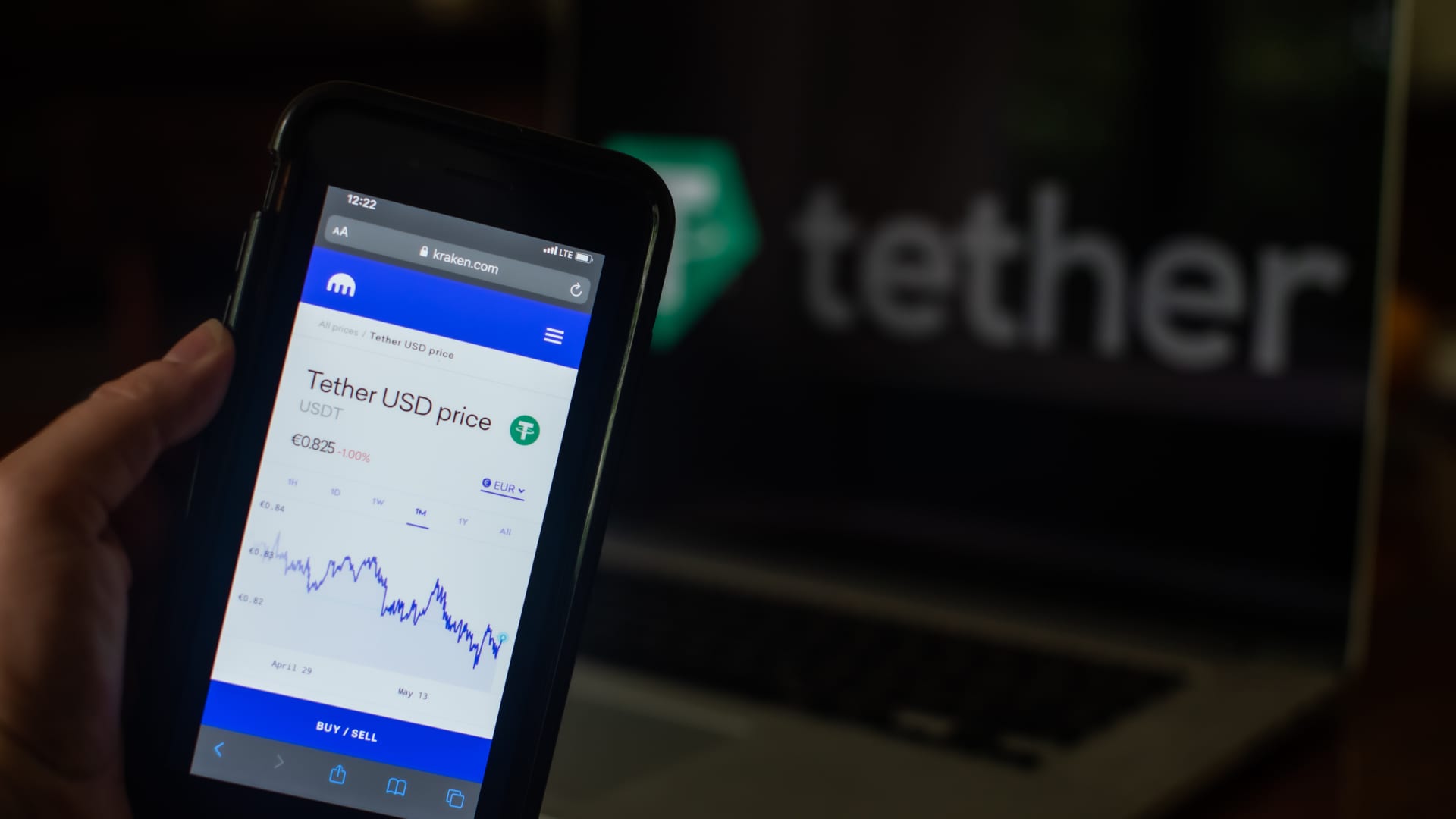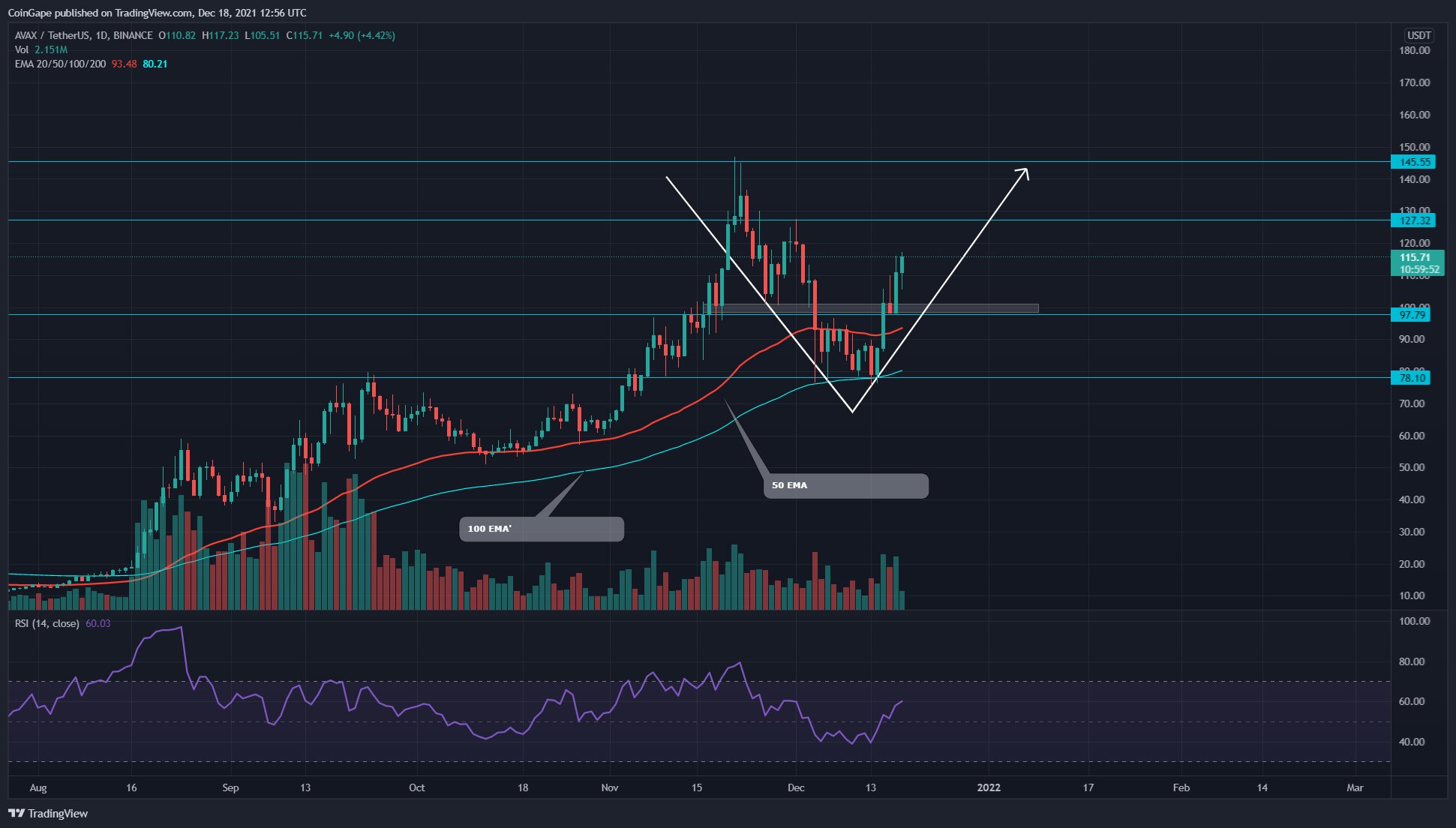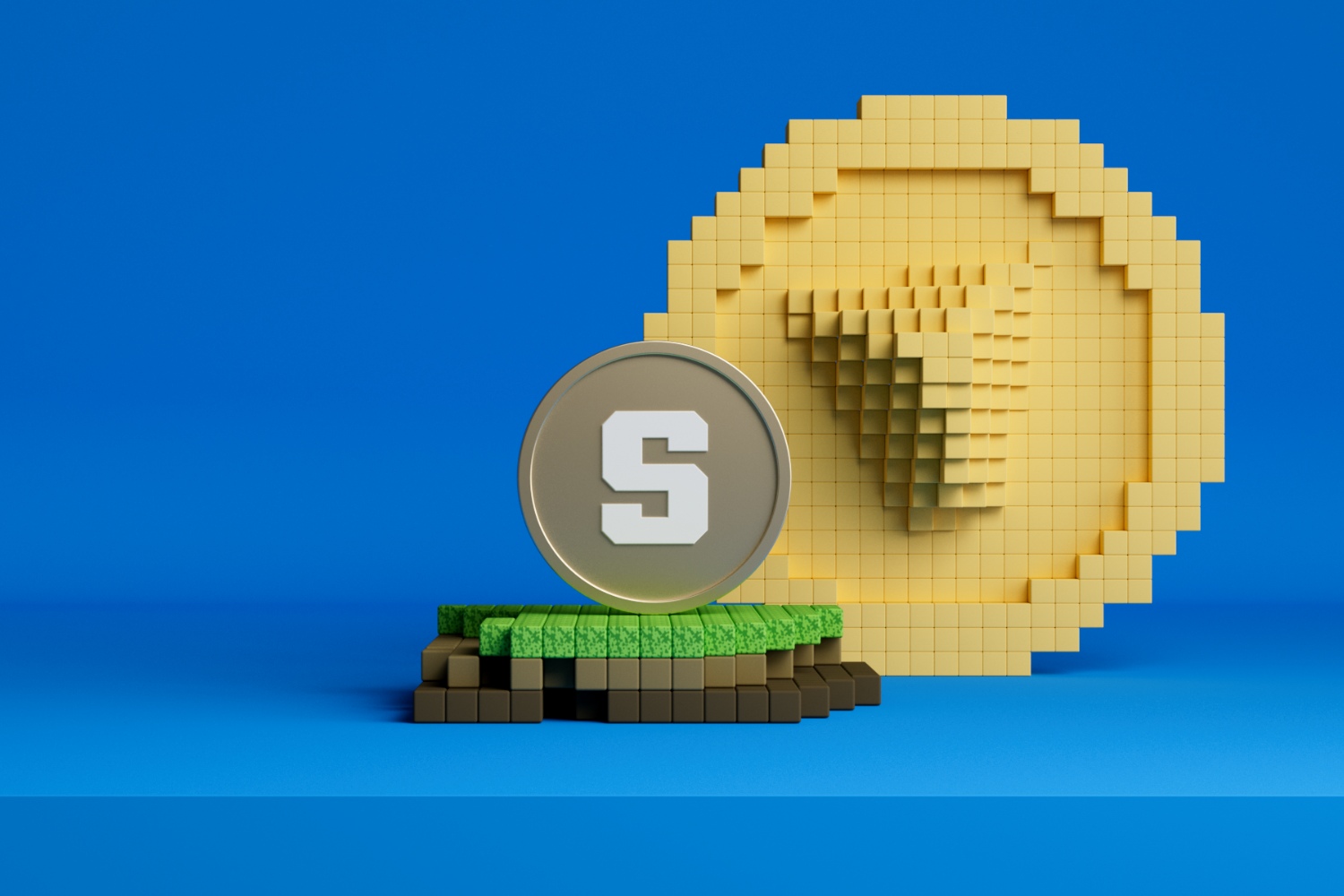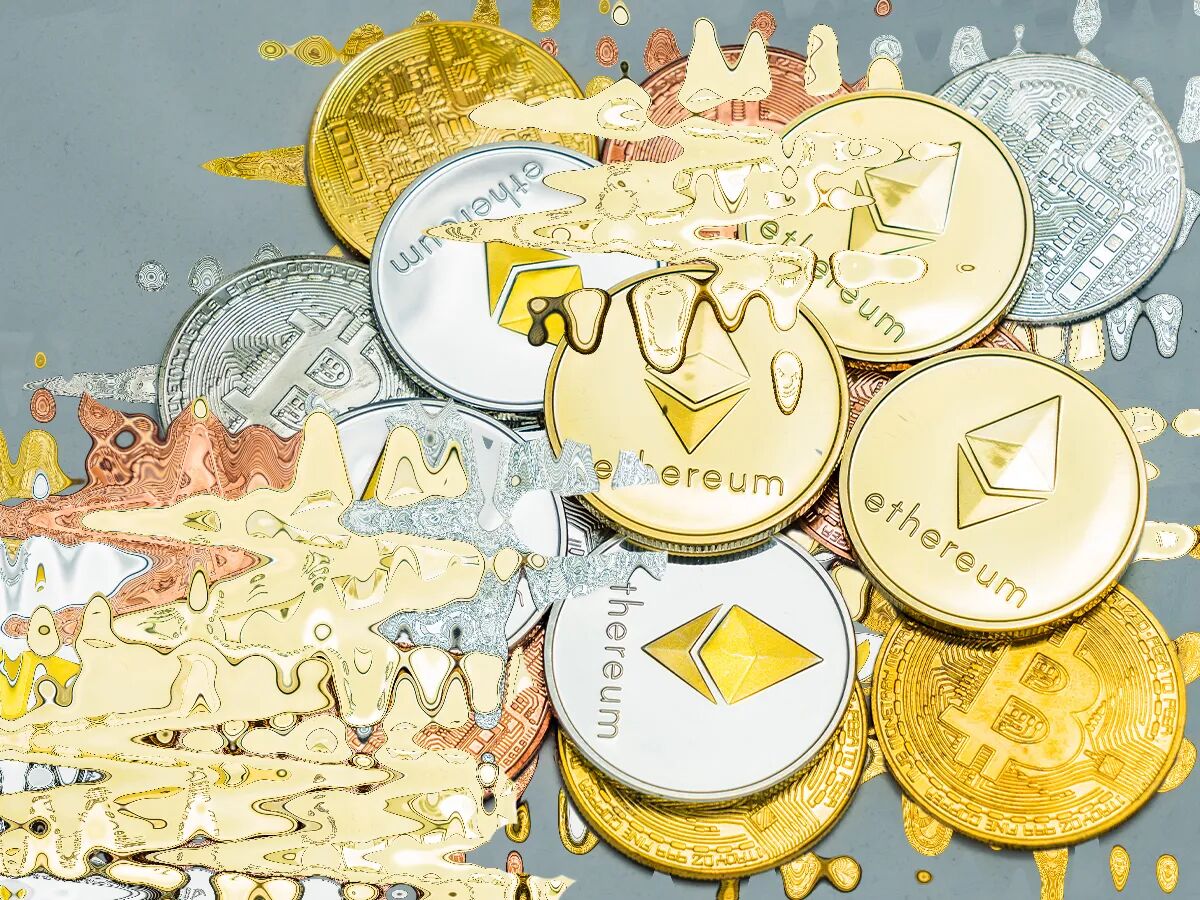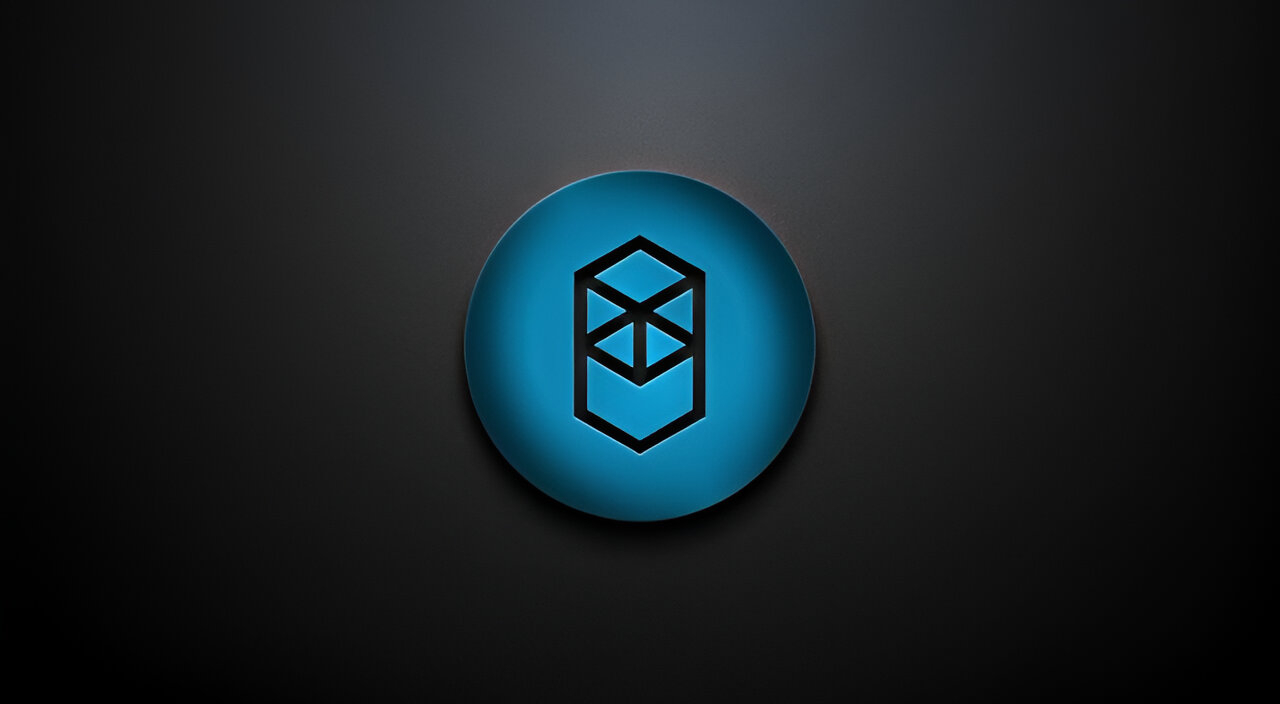Introduction
Welcome to the world of GRT Crypto, a digital currency revolutionizing the way we interact with decentralized applications (dApps) and blockchain technology. As the cryptocurrency market continues to expand, GRT Crypto emerges as a promising player offering unique features and benefits to its users.
GRT Crypto, short for “Graph Protocol,” is an open-source protocol that leverages blockchain technology to enable the indexing and querying of data from various decentralized networks. Its goal is to create a decentralized data ecosystem that facilitates the seamless exploration and discovery of data across different dApps, allowing developers to build powerful applications on top of it.
While many cryptocurrencies focus on monetary transactions, GRT Crypto sets itself apart by emphasizing data accessibility and integrity. By providing a decentralized indexing and querying system, GRT Crypto aims to democratize data access while ensuring its accuracy and reliability.
With its innovative approach, GRT Crypto has gained significant attention from developers, tech enthusiasts, and investors alike. Its potential to transform the way we interact with decentralized networks has positioned it as a valuable asset in the ever-evolving landscape of blockchain technology.
In this article, we will delve into the inner workings of GRT Crypto and explore its key features, use cases, benefits, as well as the risks and challenges associated with its adoption. By the end, you will have a comprehensive understanding of GRT Crypto and how it could impact the future of decentralized applications and data accessibility.
What is GRT Crypto?
GRT Crypto, also known as the Graph Protocol, is a cryptocurrency that aims to revolutionize the way decentralized applications (dApps) access and interact with data. It is an open-source protocol built on Ethereum, designed to enable indexing and querying of data from various blockchain networks.
At its core, GRT Crypto provides a decentralized and efficient infrastructure for developers to access, organize, and analyze data from blockchain networks. It introduces a unified and standardized way of accessing data, eliminating the need for developers to interact directly with multiple sources, such as individual smart contracts or public APIs.
By utilizing a decentralized network of indexing nodes, GRT Crypto enables efficient and scalable data indexing and querying. These indexing nodes, known as Graph nodes, are operated by different individuals or entities who contribute computing resources to maintain the network’s operations.
GRT Crypto’s architecture facilitates the creation of subgraphs, which are specific data schemas that define how data can be indexed and queried. These subgraphs enable developers to easily retrieve and manipulate structured data from blockchain networks, enhancing the efficiency and scalability of their dApps.
Developers can utilize GRT Crypto and its subgraphs to build a wide range of applications and services, such as decentralized exchanges, prediction markets, decentralized finance (DeFi) platforms, and more. By abstracting away the complexities of accessing blockchain data, GRT Crypto empowers developers to focus on creating innovative and user-friendly solutions.
One of the key advantages of GRT Crypto is its collaborative nature. The protocol encourages developers to share and reuse subgraphs, fostering a community-driven ecosystem. This collaborative approach not only reduces duplication of efforts but also enhances the quality and reliability of data available to dApps.
In summary, GRT Crypto is a decentralized protocol that facilitates efficient data indexing and querying for decentralized applications. By providing a standardized infrastructure, it simplifies the development process and enhances the scalability and accessibility of blockchain data.
How Does GRT Crypto Work?
GRT Crypto operates on the principles of decentralization and collaboration to provide efficient data indexing and querying capabilities for decentralized applications (dApps). Let’s explore the underlying mechanisms that make GRT Crypto work.
At the core of GRT Crypto is a network of indexing nodes, known as Graph nodes. These nodes are responsible for indexing and organizing data from various blockchain networks into subgraphs. Each subgraph represents a specific data schema that defines how data can be queried and accessed.
Developers interact with GRT Crypto by creating subgraphs or utilizing existing ones. To create a subgraph, developers define the smart contracts or public APIs they want to index and the specific data they wish to extract. The Graph nodes then process and index the specified data, creating an optimized data structure for querying.
Once a subgraph is created, developers can use GraphQL, a query language, to retrieve and manipulate data from the subgraph. This allows for efficient and flexible querying, empowering developers to build powerful dApps with ease. The Graph node network dynamically adjusts the indexing workload to ensure efficient and scalable performance.
The decentralized nature of GRT Crypto is crucial to its functioning. The Graph node network consists of multiple independent operators who contribute their computing resources to maintain and operate the network. This distributed network ensures the resilience and availability of data indexing and querying services.
Another important aspect of GRT Crypto is its focus on data integrity. With traditional centralized databases, data can be tampered with or manipulated. However, GRT Crypto leverages the underlying blockchain technology to guarantee the immutability and verifiability of data. This provides developers and users with high assurance that the data accessed through GRT Crypto is reliable and accurate.
Furthermore, GRT Crypto adopts an incentivization mechanism to reward Graph node operators for their services. They are compensated with GRT tokens for successfully completing indexing and query requests. This incentivizes operators to participate in the network and maintain its efficient functioning.
In summary, GRT Crypto works by leveraging a network of Graph nodes to index and organize data from different blockchain networks into subgraphs. Developers interact with the protocol through GraphQL to efficiently query and manipulate the data. The decentralized nature of the network ensures resilience and data integrity, while the incentivization mechanism motivates Graph node operators to contribute to the network’s operations.
Key Features of GRT Crypto
GRT Crypto offers a range of features that set it apart in the world of decentralized applications (dApps) and blockchain technology. Let’s explore some of its key features:
- Decentralized Data Indexing: GRT Crypto enables developers to access, index, and query data from various blockchain networks in a decentralized manner. The protocol utilizes a network of indexing nodes, operated by independent entities, to ensure efficient and scalable data indexing.
- Standardized Data Querying: GRT Crypto introduces a standardized querying method using the GraphQL query language. This simplifies the process for developers, allowing them to easily retrieve and manipulate data from the indexed subgraphs.
- Collaborative Ecosystem: GRT Crypto encourages collaboration among developers by promoting the sharing and reuse of subgraphs. This fosters a community-driven ecosystem where developers can leverage existing subgraphs, reducing duplication of efforts and enhancing the quality and reliability of data available for dApps.
- Data Integrity and Verifiability: Being built on blockchain technology, GRT Crypto ensures the immutability and verifiability of data. This provides developers and users with a high level of trust and confidence in the data accessed through the protocol.
- Scalability and Performance: GRT Crypto’s architecture is designed for scalability and performance optimization. The decentralized network of Graph nodes dynamically adjusts the workload distribution, ensuring efficient and responsive data indexing and querying services.
- Economic Incentives: The GRT token serves as the native cryptocurrency of the protocol and is used to incentivize Graph node operators for their contributions. By rewarding operators with GRT tokens, GRT Crypto ensures the continued participation and maintenance of the network.
- Wide Range of Use Cases: GRT Crypto can be applied to various use cases in the decentralized finance (DeFi), decentralized exchanges, prediction markets, and other dApp domains. Its flexibility and compatibility with different blockchain networks make it a versatile tool for developers.
These key features collectively make GRT Crypto a powerful tool for developers and users within the decentralized ecosystem. By simplifying data access, ensuring data integrity, and fostering collaboration, GRT Crypto empowers developers to build innovative and user-friendly dApps while enhancing the overall efficiency and scalability of the blockchain ecosystem.
Use Cases for GRT Crypto
GRT Crypto, with its decentralized data indexing and querying capabilities, opens up a wide range of potential use cases within the realm of decentralized applications (dApps) and blockchain technology. Let’s explore some of the prominent applications of GRT Crypto:
- Decentralized Exchanges (DEXs): GRT Crypto can be utilized to build decentralized exchanges that provide efficient and secure trading of cryptocurrencies. By indexing and querying data from different blockchain networks, GRT Crypto enables fast and reliable order matching, enhancing the overall user experience in DEX platforms.
- Decentralized Finance (DeFi) Platforms: GRT Crypto’s data indexing and querying capabilities are instrumental in building DeFi platforms. It allows developers to access and manipulate data related to lending, borrowing, yield farming, and other financial activities, facilitating the seamless operation of DeFi protocols.
- Prediction Markets: GRT Crypto can be utilized in the creation of prediction markets, where users can place bets on the outcome of future events. By indexing the necessary data and facilitating efficient querying, GRT Crypto simplifies the process of fetching and updating real-time data, making prediction markets more accessible and trustworthy.
- Supply Chain Management: GRT Crypto can play a vital role in supply chain management by providing efficient indexing and querying of data related to product origins, certifications, and shipment tracking. It enhances transparency, improves traceability, and mitigates fraud within supply chains, benefiting both businesses and consumers.
- Data Verification and Authenticity: GRT Crypto’s infrastructure can be utilized to verify and authenticate data from various sources, such as news publications, government records, and academic credentials. By ensuring the integrity of data, GRT Crypto contributes to the development of trustworthy information platforms and systems.
- Decentralized Social Networks: GRT Crypto can be leveraged to create decentralized social networking platforms, where users have control over their data and the ability to interact with others securely and privately. By indexing and querying user-generated content, GRT Crypto facilitates efficient data retrieval and enhances the overall user experience in decentralized social networks.
These are just a few examples of the potential use cases for GRT Crypto. Its ability to index and query data from various blockchain networks opens up endless possibilities for developers to build innovative and impactful decentralized applications. As the ecosystem continues to evolve, GRT Crypto will likely find utility in other domains, contributing to the wider adoption and advancement of blockchain technology.
Benefits of GRT Crypto
GRT Crypto offers a range of benefits to developers, users, and the decentralized application (dApp) ecosystem as a whole. Let’s explore some of the key advantages of utilizing GRT Crypto:
- Efficient Data Access: GRT Crypto provides developers with a standardized and efficient way to access and query data from various blockchain networks. By abstracting away the complexities of interacting with individual smart contracts or public APIs, GRT Crypto simplifies the development process and reduces the time and effort required to retrieve and manipulate data.
- Increased Scalability: With its decentralized network of Graph nodes, GRT Crypto enables scalable and parallel data indexing and querying. This ensures that as the volume of data and number of dApps increase, GRT Crypto can handle the growing demand, maintaining an optimal level of performance.
- Enhanced Data Integrity: Built on blockchain technology, GRT Crypto guarantees the immutability and verifiability of data. This ensures that the data accessed through GRT Crypto is reliable and tamper-proof, boosting trust and confidence in the information provided by dApps.
- Community Collaboration: GRT Crypto fosters a collaborative ecosystem by encouraging developers to share and reuse subgraphs. This reduces duplication of efforts and enhances the quality and reliability of data available to dApps. The active community engagement also promotes innovation and the development of new subgraphs for various use cases.
- Improved User Experience: GRT Crypto enables developers to create user-friendly and intuitive dApps by simplifying data access and organization. With faster and more efficient data querying, users can enjoy seamless interactions with decentralized applications, leading to a more satisfying and engaging user experience.
- Flexibility and Compatibility: GRT Crypto is designed to be compatible with different blockchain networks, allowing developers to build dApps that can access and query data from multiple sources. This flexibility enables interoperability and promotes the integration of various decentralized technologies.
- Economic Incentives: GRT Crypto utilizes its native cryptocurrency, GRT tokens, as an incentive mechanism for Graph node operators. By rewarding operators for their contributions, GRT Crypto ensures the continued participation and maintenance of the network, enhancing its overall stability and efficiency.
Overall, GRT Crypto offers numerous benefits that contribute to the growth and advancement of the dApp ecosystem. By providing efficient data access, scalability, data integrity, and fostering community collaboration, GRT Crypto empowers developers to create impactful and user-friendly decentralized applications, driving the widespread adoption of blockchain technology.
Risks and Challenges of GRT Crypto
While GRT Crypto offers many benefits and opportunities, it is important to consider the potential risks and challenges that come with utilizing the protocol. Here are some of the key risks and challenges associated with GRT Crypto:
- Decentralization and Network Consensus: As GRT Crypto heavily relies on a decentralized network of Graph nodes, maintaining a robust and consensus-driven network is crucial. Ensuring the participation and consensus of a diverse group of node operators can present challenges in terms of network governance and decision-making.
- Data Accuracy and Reliability: Although GRT Crypto aims to provide reliable and accurate data by leveraging blockchain technology, there is still a risk of inaccurate or manipulated data being indexed or queried. The reliance on external blockchain networks for data also introduces the possibility of data inconsistencies or vulnerabilities from those networks.
- Technical Complexity: GRT Crypto relies on advanced technical concepts, such as GraphQL and smart contracts, which may require a steep learning curve for developers new to these technologies. The complexity of integrating GRT Crypto into existing dApps or developing new ones may present a challenge for less experienced developers.
- Security Vulnerabilities: As with any blockchain technology, GRT Crypto is susceptible to security vulnerabilities, including smart contract bugs, hacking attempts, and potential vulnerabilities within the network infrastructure. Regular security audits and proactive measures are essential to mitigate these risks.
- Token Volatility: GRT Crypto has its native cryptocurrency, GRT tokens, which can be subject to market volatility. Fluctuations in token value can impact the economics of the ecosystem, affecting incentives for Graph node operators and potentially leading to imbalances within the network.
- Regulatory and Legal Considerations: The evolving regulatory landscape surrounding cryptocurrencies and blockchain technology poses potential challenges for GRT Crypto and its users. Compliance with regulatory frameworks and local laws may require additional resources and efforts from developers and stakeholders.
- Competition and Market Dynamics: GRT Crypto operates within a competitive market, with other decentralized indexing and querying protocols vying for adoption and market share. Adapting to changing market dynamics, keeping up with technological advancements, and demonstrating the superiority of GRT Crypto can be ongoing challenges.
Addressing these risks and challenges requires continuous monitoring, collaborative efforts, and strategic measures. With proper planning, technical expertise, and adherence to best practices, the GRT Crypto ecosystem can strengthen its resilience and overcome these challenges, contributing to the advancement and adoption of decentralized applications and blockchain technology.
Conclusion
GRT Crypto, with its decentralized data indexing and querying capabilities, is poised to revolutionize the decentralized application (dApp) ecosystem. By providing standardized and efficient access to data from various blockchain networks, GRT Crypto simplifies the development process and enhances scalability and user experience.
The key features of GRT Crypto, such as decentralized data indexing, standardized querying, collaborative ecosystem, data integrity, scalability, and economic incentives, offer numerous benefits to developers and users. It empowers developers to build innovative and user-friendly dApps while fostering collaboration and ensuring the reliability of data.
However, it is important to recognize the risks and challenges associated with GRT Crypto. These include network consensus, data accuracy, technical complexity, security vulnerabilities, token volatility, regulatory considerations, and market dynamics. Overcoming these challenges requires proactive measures, adherence to best practices, and continuous improvement.
As the dApp ecosystem continues to evolve, GRT Crypto provides exciting opportunities for developers to create impactful and efficient applications. With its focus on decentralized data accessibility and integrity, GRT Crypto embodies the principles of blockchain technology and empowers individuals to take control of their data.
In conclusion, GRT Crypto has the potential to reshape the way we interact with decentralized applications and blockchain technology. By providing efficient data indexing and querying capabilities, it enhances scalability, usability, and trust within the decentralized ecosystem. With the ongoing development and adoption of GRT Crypto, we can anticipate a future where decentralized applications reach new heights of innovation and accessibility.







